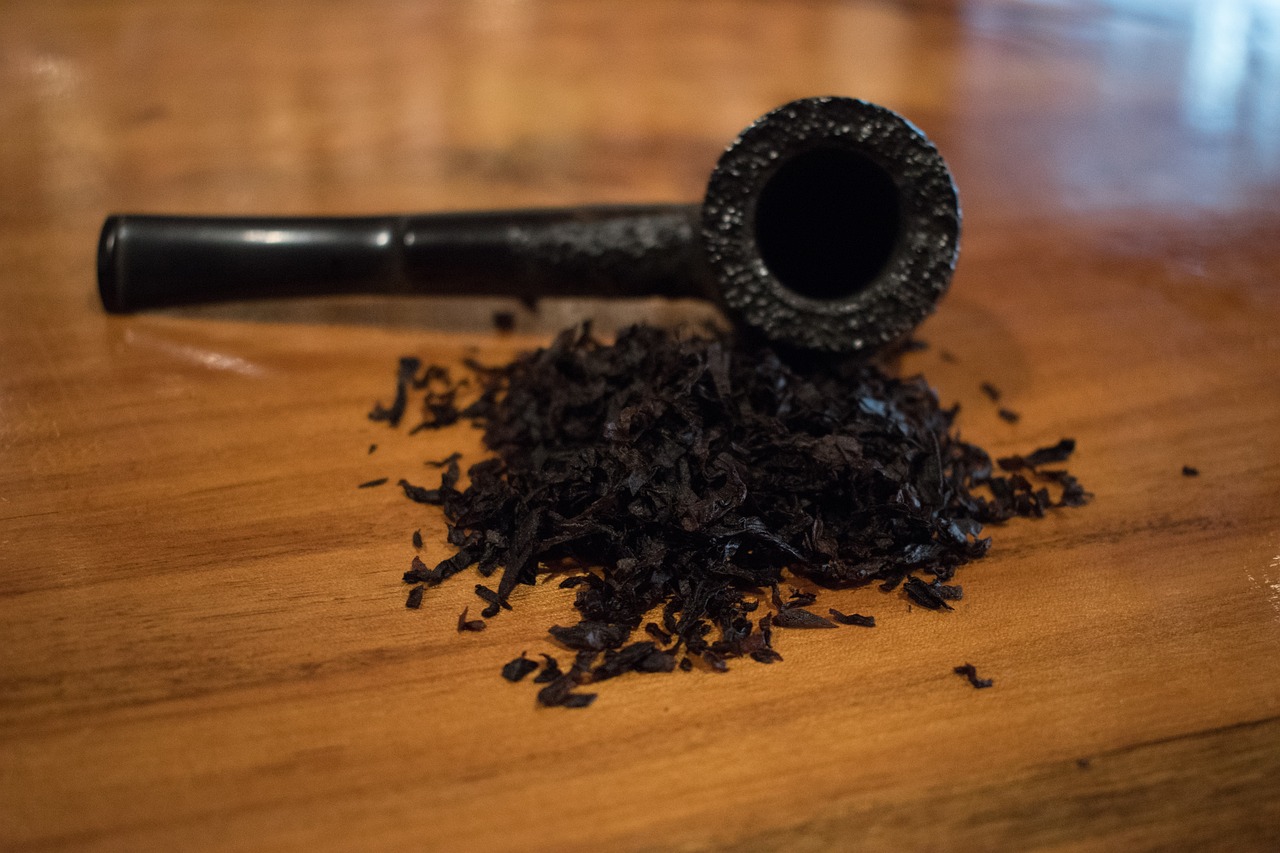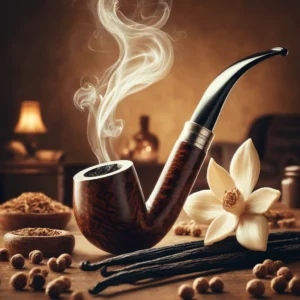The briar tobacco pipe is a staple of the pipe smoking world, renowned for its durability, flavor, and longevity. But where did this iconic pipe come from, and how has it evolved over time?
The origins of the briar pipe can be traced back to the early 19th century, when a French artisan named Pierre Rousseau discovered that the burl of the white heath tree, also known as the briar, was the perfect material for making pipes. The dense, hardwood of the briar was resistant to heat and flavor, making it an ideal material for the bowl of a pipe.
Rousseau began crafting pipes from briar and quickly gained a reputation for the high quality of his work. His pipes were favored by royalty and the wealthy, and soon other artisans began to experiment with the briar as well. The use of the briar for pipe making spread throughout Europe, and by the end of the 19th century, the briar pipe had become the most popular type of pipe in the world.
Over time, the briar pipe has evolved to meet the changing needs and preferences of pipe smokers. In the early 20th century, the iconic bent stem of the briar pipe was developed, allowing for a more comfortable and ergonomic smoking experience. And in the latter part of the century, advances in manufacturing and technology allowed for the creation of new shapes and styles of briar pipes, catering to the diverse tastes of pipe smokers around the world.
Today, the briar pipe remains a cornerstone of the pipe smoking world. It is prized for its durability and flavor, and is a favorite among many pipe enthusiasts. And with its rich history and cultural significance, the briar pipe is a true icon of the pipe smoking world.






